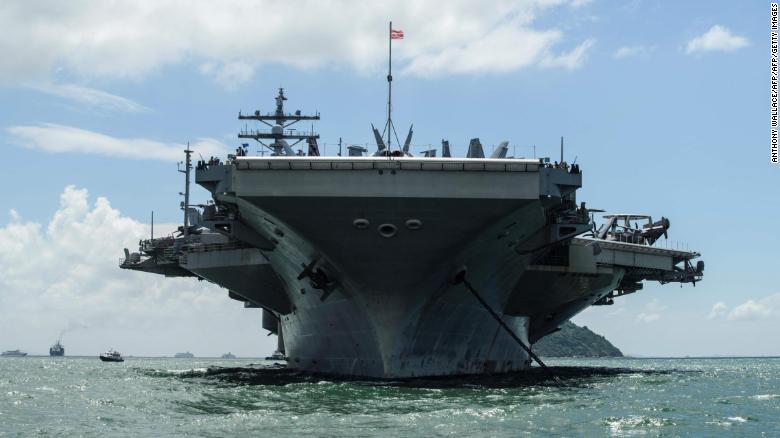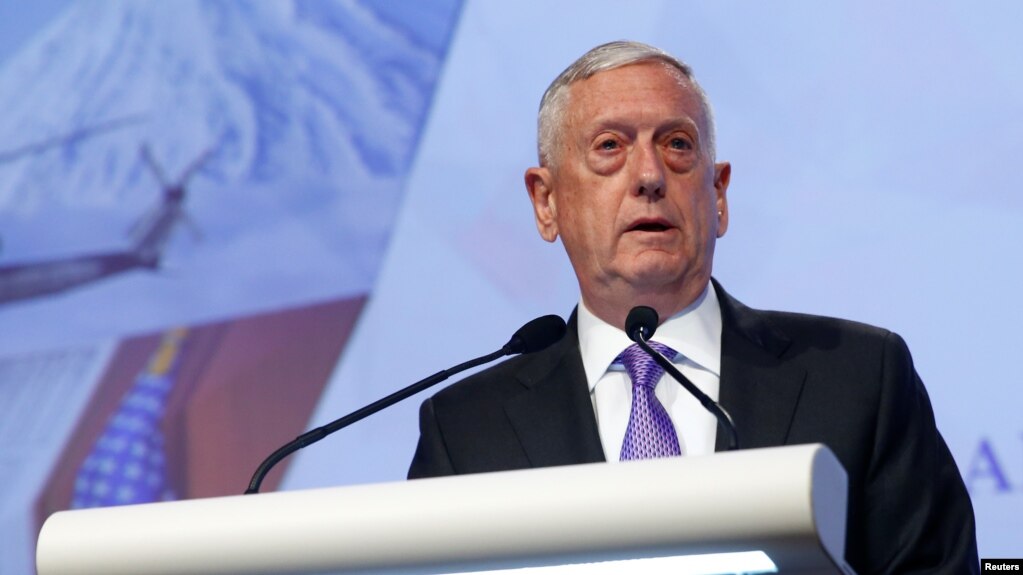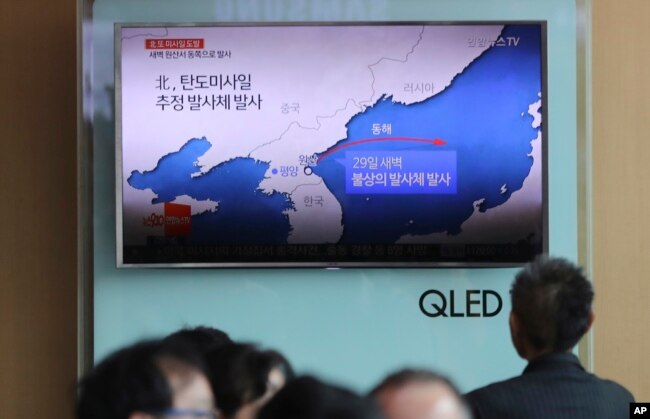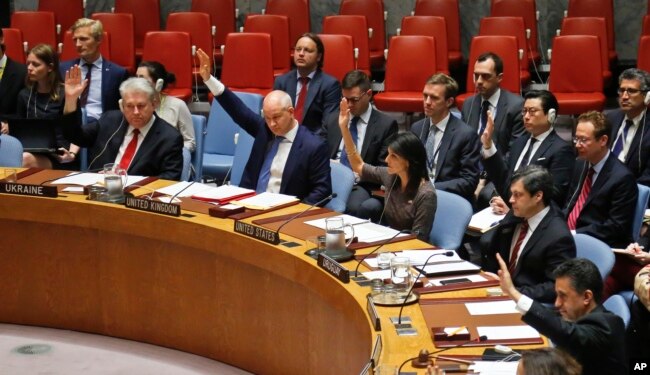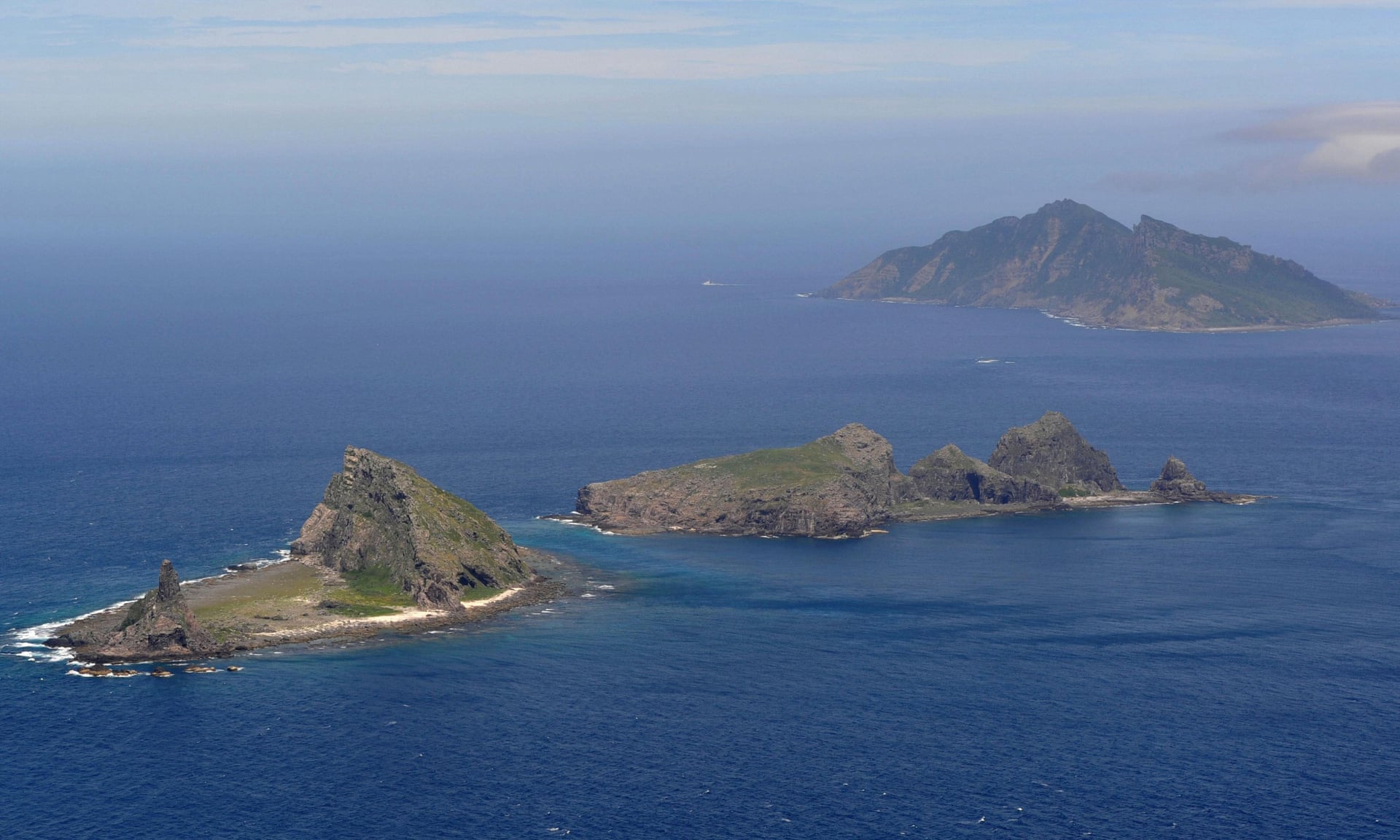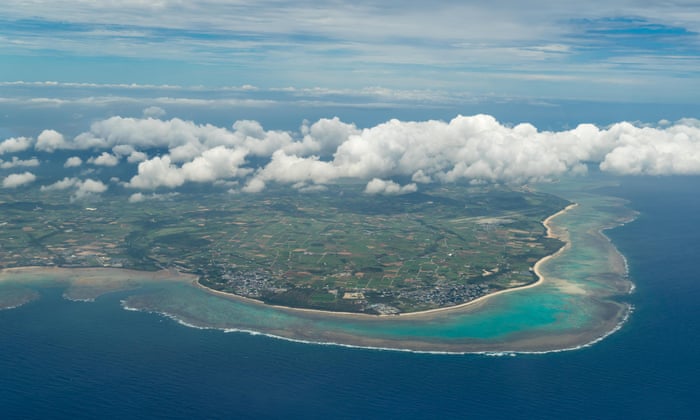Clashes over South China Sea, Taiwan and trade have plunged Trump and Xi into the diplomatic deep freeze
By Simon TisdallChina’s expanding efforts to impose its will on neighbours through diplomatic, commercial and military pressure – the so-called Xi doctrine – have drawn the sharpest riposte to date from the Trump administration, with Taiwan once again the main flashpoint in a sea of accelerating Sino-American rivalry.
Following recent verbal clashes over US freedom of navigation patrols in disputed South China Sea waters, officials in Washington say they plan to send a US aircraft carrier battlegroup into the Taiwan Strait separating the island from mainland China.
The move was in response to China’s military “turning up the heat” on Taiwan, an official said.
Such a US deployment, if it goes ahead, would be seen as highly provocative by Chinese dictator Xi Jinping, who has vowed to reunify China with its “renegade province” in his lifetime.
Such a US deployment, if it goes ahead, would be seen as highly provocative by Chinese dictator Xi Jinping, who has vowed to reunify China with its “renegade province” in his lifetime.
It would potentially bring the US navy into contact with Chinese surface and submarine forces and hundreds of People’s Liberation Army missile batteries lining the shores of the strait.
Xi warned Taiwan’s pro-independence government in March that it would face the “punishment of history” if it pursued a separatist course.
Although the US does not recognise Taiwan as an independent country, it is, to all intents and purposes, its principal defender and guarantor against attack.
Although the US does not recognise Taiwan as an independent country, it is, to all intents and purposes, its principal defender and guarantor against attack.
Donald Trump outraged Beijing after he was elected by talking directly to Taiwan’s president by phone.
Washington has sold Taiwan more than $15bn (£11.2bn) in arms since 2010, and Trump has increased bilateral contacts, including with the Pentagon.
Meanwhile, China has accelerated efforts to isolate Taiwan diplomatically, using its economic clout to pressure countries and international institutions into breaking off ties.
Meanwhile, China has accelerated efforts to isolate Taiwan diplomatically, using its economic clout to pressure countries and international institutions into breaking off ties.
It has curbed bilateral trade and cultural exchanges while increasing naval exercises and fighter-bomber sorties, including the deployment of its own aircraft carrier in the strait.
That has led to warnings China could “do a Crimea” in Taiwan, aping Russia’s action in Ukraine.
The US response is being closely watched for signs of weakness by America’s other allies in the region, who are also feeling the squeeze.
The US response is being closely watched for signs of weakness by America’s other allies in the region, who are also feeling the squeeze.
Australia’s government strongly protested this week at Chinese pressure on Qantas to list Taiwan as Chinese territory on its website.
Australia is already involved in disputes with Beijing over covert meddling by China in its internal political affairs.
Similar allegations of Chinese interference have surfaced in New Zealand.
Rodrigo Duterte, the volatile Philippines president, recently became so upset about Chinese encroachment on South China Sea islands claimed by Manila (which refers to the area as the West Philippines Sea) that he threatened to declare war.
Rodrigo Duterte, the volatile Philippines president, recently became so upset about Chinese encroachment on South China Sea islands claimed by Manila (which refers to the area as the West Philippines Sea) that he threatened to declare war.
That led Vietnam, which has its own disputes with Beijing, to call for calm.
Dangerous US-China flashpoint issues appear to be multiplying fast.
Dangerous US-China flashpoint issues appear to be multiplying fast.
The two superpowers are locked in a worsening trade dispute.
China took furious exception to American and Taiwanese comments about this week’s anniversary of the 1989 Tiananmen Square massacre of pro-democracy demonstrators.
It flatly rejects criticism of its repression of similar sentiments in Hong Kong.
Now the US and China may also be heading for a collision over Trump’s attempts to cut a denuclearisation-for-normalisation deal with North Korea at a summit next week.
Now the US and China may also be heading for a collision over Trump’s attempts to cut a denuclearisation-for-normalisation deal with North Korea at a summit next week.
China may greatly benefit from an end to sanctions.
But if Pyongyang comes in from the cold, Beijing could catch a strategic chill.
Speaking in Singapore at the weekend, James Mattis, the US defence secretary, had a tough message for China, indicating how far relations have deteriorated since Trump visited Beijing last year.
Speaking in Singapore at the weekend, James Mattis, the US defence secretary, had a tough message for China, indicating how far relations have deteriorated since Trump visited Beijing last year.
“We have seen those who wanted to dominate the region come and go, and we have been with you,” Mattis told America’s allies. China would ultimately pay a heavy price for bullying its neighbours.
